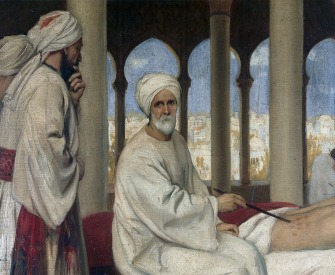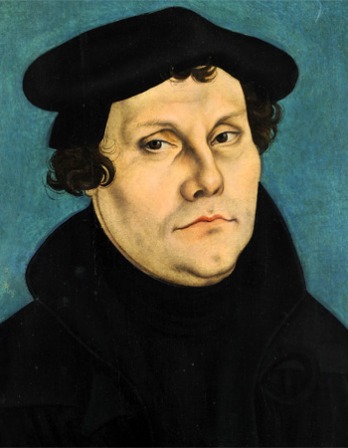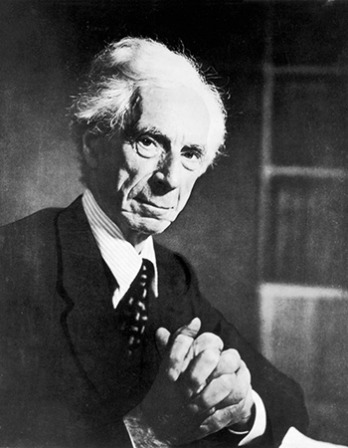Before the beginning of time, God held in his foreknowledge everything that he has since made. Outside of any moment or passing of time before eternity, all things visible and invisible appeared in the pure and sacred godhead, as trees and other created things when close to water are reflected in it—and though they are not actually in the water physically, nevertheless an accurate shape appears there.
When God said “Fiat, let there be,” at once all those things that did not have bodies assumed a physical shape—all those things which he had seen in his foreknowledge before the beginning of time. And how could God be empty of the foreknowledge of his works, since each of his creatures—once it has assumed physical form—is whole and perfect in its designated function, for the holy Divinity knew in advance how he would be present as thought, knowledge, and function. A beam of light reveals the form of a created thing through its shadow, and likewise God’s pure foreknowledge perceives the form of every creature before it is embodied. Each thing that God intended to create in his foreknowledge, before it was bodied forth, shone out according to his likeness, and in the same way a man or woman will catch sight of the sun’s splendor before they actually see its substance. And just as the splendor of the sun indicates the sun itself, so also the praise of the angels reveals God, for it cannot ever be that the sun is without its light—and in the same way neither can the deity be without the praise of the angels. So the foreknowledge of God came first, and his work of creation followed, and if his foreknowledge had not preceded, then his work would not have appeared, for you can tell nothing by looking at a person’s body until you see their face: but when you see the person’s face, then you can praise their body. In this way a human being contains within him or her both the foreknowledge of God and the activity of God.
© 2001 by Mark Atherton. Used with permission of Penguin Group Ltd.
From Scivias. As the head of a Benedictine convent in the 1140s, Hildegard wrote down her visions—which she had experienced since childhood—in her Scivias. At a synod in 1147, the book received a blessing from Pope Eugene III, which elevated its author to the rank of celebrity. A poet, mystic, and composer who wrote treatises on medicine and natural history, she also invented a language, the Lingua Ignota, which contained around one thousand words.
Back to Issue





